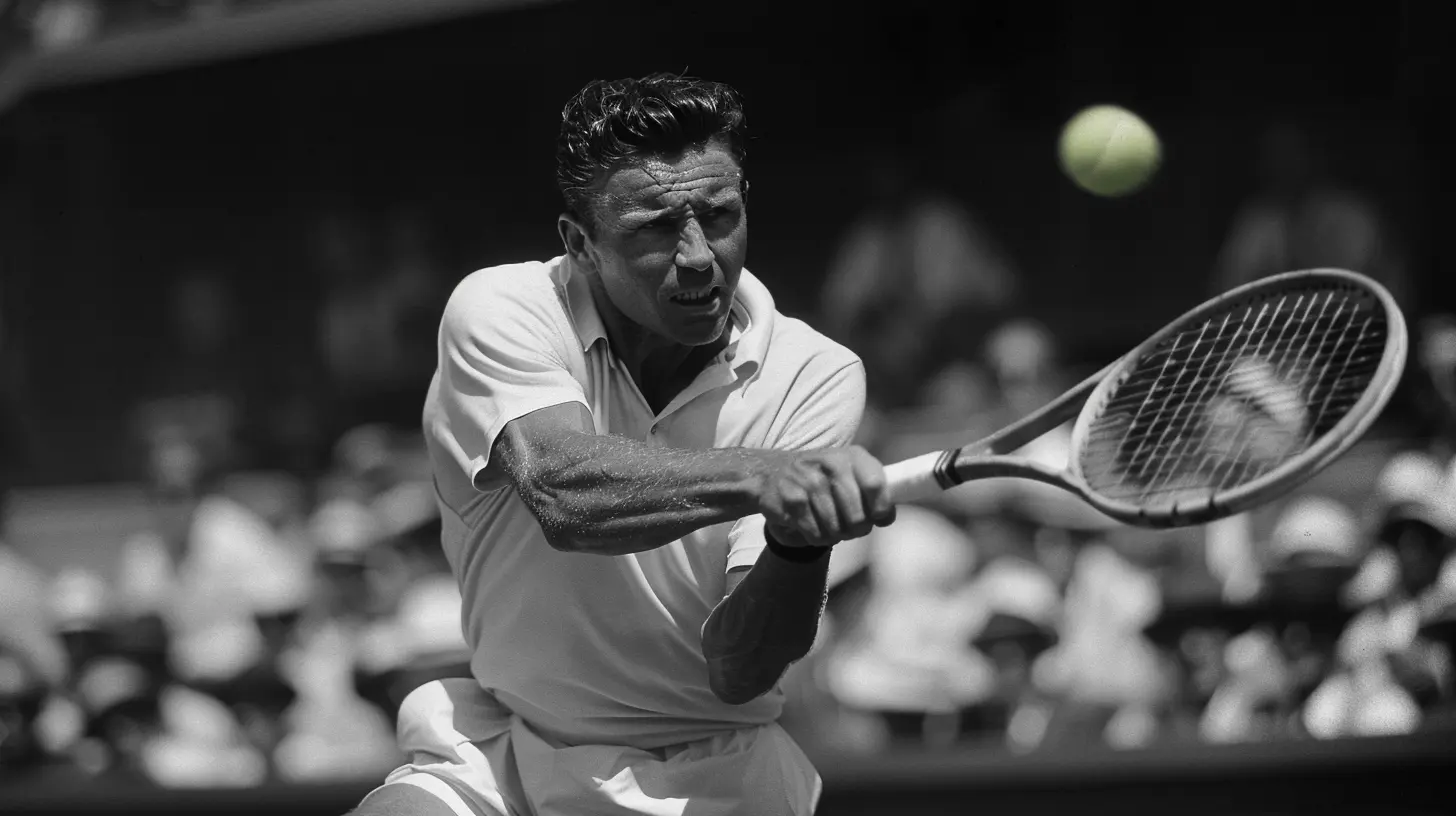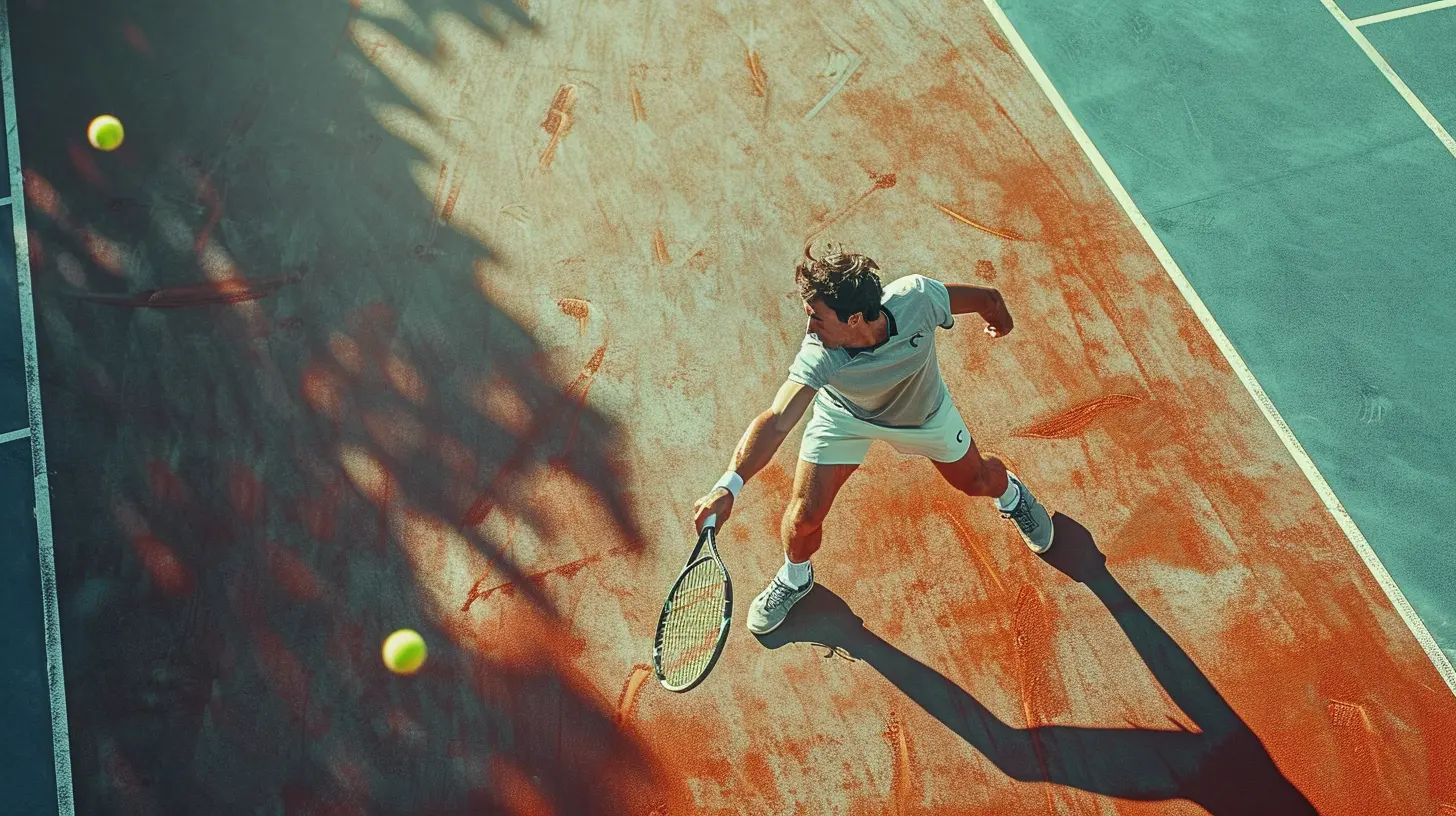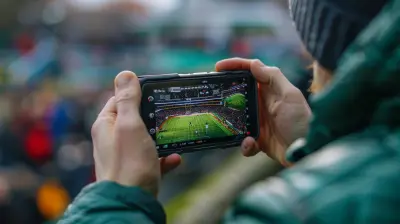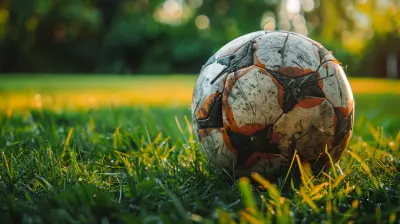How to Anticipate Your Opponents Next Move in Tennis
8 August 2025
If you’ve ever watched top-level tennis, you’ve probably noticed something uncanny: the best players seem like mind readers. It's like they’ve got a sixth sense, knowing exactly where the next shot is going even before the swing happens. Want to know the secret? It’s not magic—it’s anticipation.
Anticipating your opponent’s next move in tennis is one of the most powerful weapons you can add to your arsenal. It’s what separates the pros from the rest. When you know what’s coming, you can react faster, position better, and take control of the point. And the best part? This skill can be learned. You don't need to be a psychic—just smart, observant, and a bit strategic.
So let’s dive into the art of anticipation. Whether you're just getting started or looking to level up your game, this guide will give you the edge you’ve been looking for.
🧠 Why Anticipation Is a Game-Changer
Think of anticipation in tennis like reading a poker player’s tells. It’s about picking up subtle cues—body language, footwork, racquet angle—and using them to make educated predictions. When you anticipate well, you don’t just react… you act.Imagine being one step ahead every single time. You're already moving when your opponent hits the ball. You’re not chasing the game—you’re dictating it. That’s what anticipation brings: confidence, control, and a psychological edge.
👀 Read the Body, Not Just the Ball
One of the first steps to anticipating effectively is learning to read your opponent's body language. Believe it or not, their body often gives away their next shot before the ball even touches the strings.👉 Watch the Shoulders and Hips
The shoulders and hips don’t lie. If someone’s shoulders are closed, get ready for a crosscourt shot. If they’re more open, a down-the-line strike might be coming. The way they rotate before contact can reveal a lot.👉 Foot Position Tells a Story
Footwork gives away positioning and intention. Are they stepping into the shot? That’s usually more aggressive. Are they leaning back or falling away? Expect a defensive reply, maybe a high lob or slice.It’s like reading a dance partner’s next move—you follow the subtle rhythm of their movement.
🧭 Positioning: Where They Stand Speaks Volumes
Position on the court says a lot about what your opponent is planning to do.🎯 Deep Behind the Baseline?
When someone stands way behind the baseline, you can usually expect heavier topspin or a defensive shot. It often means they’re preparing to rally and waiting for the right ball to attack.🎾 Hugging the Baseline or Stepping In?
Now that’s aggressive positioning. They’re likely about to hit hard and flat, probably looking to take time away from you. Be ready for a fast-paced exchange or a drive down the line.🚶♂️ Moving In Midpoint?
When you see them sneaking in, especially after a deep shot, they’re prepping for a volley or a drop shot. Anticipate that net approach and prepare your passing shots accordingly.
🧠 Patterns: Your Opponent Has Habits… Use Them
Here’s the thing: most players aren’t as unpredictable as they think they are. In fact, we’re all creatures of habit, especially when the pressure’s on.📋 Start Keeping a Mental Log
During a match, track what your opponent tends to do in certain situations. Do they always serve wide on the deuce side? Do they favor their forehand on important points? Start noticing these patterns.Pro Tip: The more you observe, the clearer the pattern becomes. After four or five rallies, you can start making educated guesses—and win points by sheer brainpower.
🔁 Watch How They React Under Pressure
Tight moments expose tendencies. When the match gets close, players often default to their comfort zones. If someone always slices their backhand under pressure, park yourself there when it matters most.🕵️♀️ Pre-Contact Cues: Clues Before They Swing
If you wait to react until after the ball is hit, you're already late. That’s why clues before contact are gold.💪 Grip and Racquet Preparation
A continental grip often signals a slice or a serve-and-volley approach. A semi-western grip could mean a heavy topspin forehand is on the way. Pay attention to how they prep their racquet—especially on returns and volleys.🕰️ Timing of the Swing
A rushed preparation? Probably a defensive shot. Calm, deliberate setup? Could be an aggressive drive. These micro-moments matter—a lot.Reading these pre-contact cues is like getting a sneak peek at the script before the scene begins.
🎥 Use the Court Like a Chessboard
Great tennis players think like chess players. They don’t just hit shots—they set traps.🔄 Force Predictable Replies
If you hit a deep ball to someone’s backhand, most players will lob or slice. If you rush the net after pulling them wide, they’re likely to go crosscourt. By manipulating your opponent’s positioning and shot options, you shrink their choices.🧠 Think One Step Ahead
Don’t just hit the ball. Ask yourself: what reply am I likely to get? And what will I do when that reply comes? Think like a strategist playing four moves ahead.When you start dictating the point, anticipation becomes second nature.
🗣️ Use Mind Games to Prompt Predictable Moves
This part might sound sneaky—but there’s nothing wrong with a bit of psychological warfare.😏 Keep Your Game Unpredictable
If you vary your shots enough—mixing depth, spin, and pace—you’ll force your opponent to guess. And let’s be real: most people aren’t good at guessing under pressure. When you’re the unpredictable one, you force them into predictable responses out of panic.🧠 Send False Signals
Occasionally shape up for a drop shot but drill it deep. Fake a crosscourt, go down the line. These small fakes plant hesitation. Hesitation means slower reactions. Slower reactions mean easier points.📹 Study Opponents Ahead of Time
If you’re playing tournaments or league matches, do a little recon. Watch your opponent warm up. If there’s footage online from previous matches—watch it.Look for:
- Favorite patterns
- Weaknesses (poor footwork on the run, weak second serve)
- Tendencies on big points
Knowledge is power, and watching tape is your secret weapon.
🧘♂️ Stay Present and Trust Your Gut
Anticipation isn’t just mental—it’s also instinctual. Sometimes, your gut just knows, even if you can’t explain why. That’s legit. Trust it.💭 Don’t Overthink
Too much thinking slows you down. If you're trying to calculate every possibility mid-point, you’ll freeze. Stay relaxed. Stay present. Let your preparation do the work.Anticipation isn’t about predicting the future—it’s about reading the now with clarity.
🔄 Train Your Anticipation Like a Muscle
Yes, you can train this. Like a muscle, the more you use it, the stronger it gets.🟢 Drills for Anticipation
- Split-Step Reaction Drill: Have a partner toss balls randomly to different zones while you're at the net.- Shadow Reading Drill: One player mimics shots without hitting the ball. You read the movement and move accordingly.
- Film Breakdown: Watch pro matches with the volume off. Try to predict the next shot based on body language and court position.
These exercises will sharpen your reaction time and visual awareness.
🔚 Final Thoughts: Tennis Is a Game of Mind and Movement
Here’s the truth—once the serve is in play, it’s not just a physical battle anymore. It’s mental. Like a silent conversation between two minds, each trying to outwit and outlast the other.Anticipating your opponent's next move in tennis is part science, part art, and part intuition. Master it, and you don’t just survive on the court… you dominate.
You don’t need to be the fastest or hit the hardest. You just need to be the smartest player out there.
So next time you step on the court, keep your eyes open, your mind sharp, and start reading the game like a pro. Because once you anticipate the shot, you control the point—and when you control the point, you control the match.
all images in this post were generated using AI tools
Category:
TennisAuthor:

Nelson Bryant
Discussion
rate this article
1 comments
Kevin McInnes
Great article! Anticipating your opponent's next move is such a game-changer in tennis. Can't wait to put these tips into practice and elevate my game. Cheers to winning strategies! 🎾✨
August 23, 2025 at 5:09 AM

Nelson Bryant
Thank you! I'm glad you found it helpful. Best of luck applying these strategies on the court! 🎾✨


